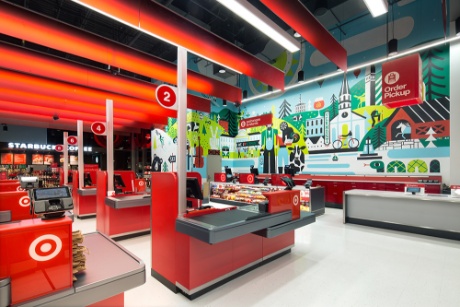This morning, Target shared an update on our holiday sales results. So what worked, what didn’t, and what’s next at the Bullseye? We asked Chairman and CEO Brian Cornell for his take.
Can you tell us more about what happened in November and December?
After three strong quarters this year and a record-breaking holiday season in 2018, we had some really ambitious plans heading into the season. While we knew this season was going be challenging, it was even more challenging than we expected. On the topline, our comparable sales grew 1.4%, reflecting 19% growth in digital, which was below our guidance—a tough miss considering how hard our team worked all season long.
That said, we’ve built a financial model that—despite the softer sales—still delivered on the bottom line because of a strong gross margin mix, the unique role our stores played in digital fulfillment and our incredibly clean inventory position closing out the holidays. Today, we’re on track to deliver a historically-strong full-year financial performance—hitting every one of our financial goals for 2019—growth in operating income and EPS, as well as our 11th straight quarter of positive comp growth.
So what were guests buying this season?
When you look across the business, we saw strength—both sales and market share gains—in frequency categories like Essentials and Food & Beverage. Beauty was a true standout. Apparel—a high margin business—also performed exceptionally well. At the same time, there was notable weakness in Electronics and parts of Home. After two strong holiday seasons in Toys, our growth was essentially flat, but we continued to grow market share in the category.
Any other bright spots?
With the investments we’ve made in supply chain improvements, our operations were superb throughout the quarter. Our stores looked great and guest service has never been better. They were also more productive. Stores fulfilled more than 80 percent of the products our guests bought digitally. We knew our same-day services would be a lifesaver for busy guests, and it was great to see so many families adopting them to make life a little easier. The speed and convenience clearly resonated—sales through Order Pickup, Drive Up and Shipt were up more than 50%.
What shopping trends emerged this season? Did anything shift from prior years?
Traffic continued to be the primary driver of our comp growth in November and December, which speaks to the enduring relevance of our strategy. Consumers continue to kick-start their holiday shopping around Thanksgiving, and the six-day promotional period that includes Thanksgiving, Black Friday and Cyber Monday was especially strong.
We also noticed that consumers are more and more comfortable shopping later in the season. In fact, on Christmas Eve, our store team members prepared nearly five times the number of products for Drive Up orders than on Dec. 24 of last year.
What does this mean for the full year, and where are you focused heading into 2020?
We’re on track to deliver on each one of our key metrics for the full year—sales, operating income and earnings per share—and that’s something to celebrate, considering how high we set the bar for 2019. We’re confident that our strategy will continue to generate profitable growth in the year ahead. Our teams have some truly exciting plans in place for 2020—new brands, new stores, new partnerships—giving guests even more reasons to choose Target again and again.




